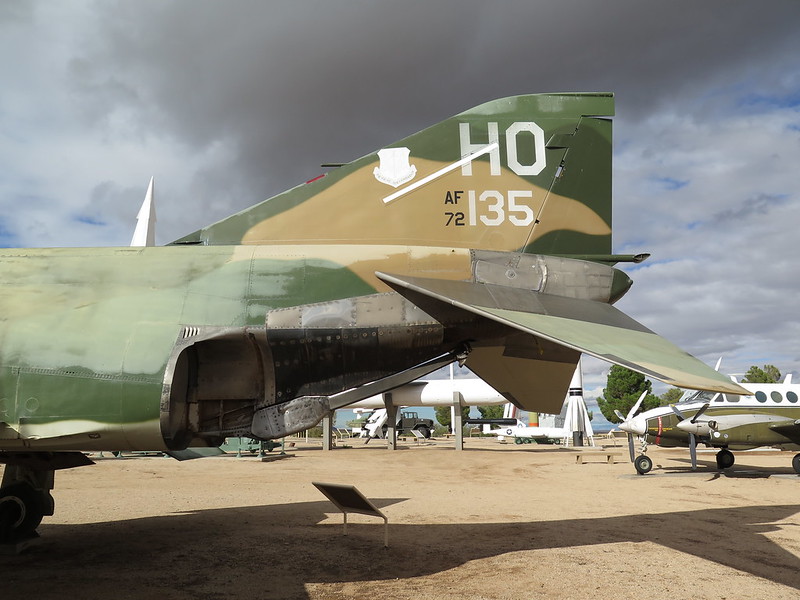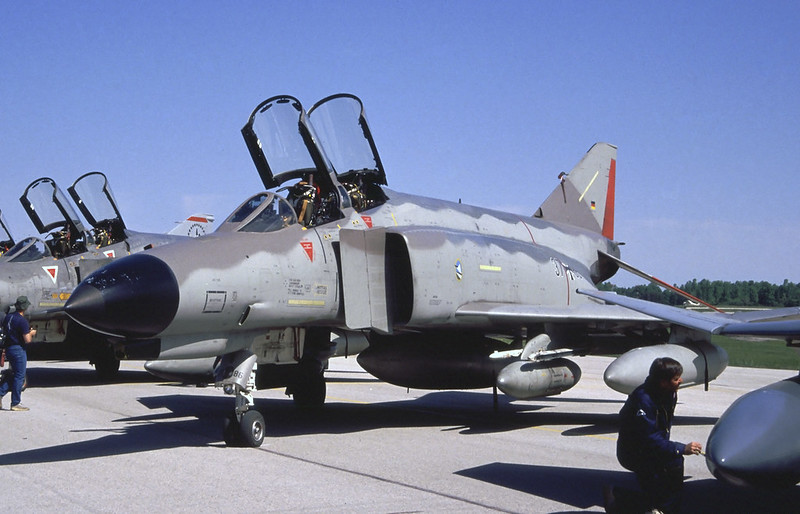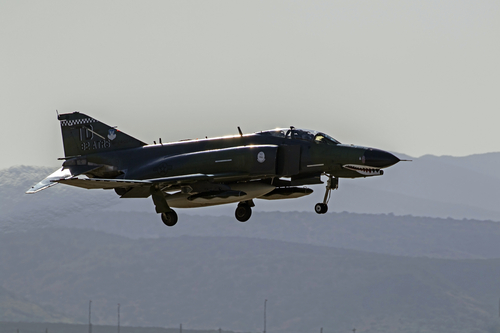
Few aircraft have captured the imagination and respect of aviators and enthusiasts alike as the F-4 Phantom. Developed in the heat of the Cold War, the F-4 Phantom’s maiden flight on May 27, 1958, marked the beginning of an era where speed, versatility, and firepower became the hallmarks of Western air power.

Despite its retirement from the U.S. military in 1996, the F-4 continues to be a symbol of aerial prowess and remains in service across the globe, proving its unparalleled adaptability and enduring legacy.

The F-4 Phantom, initially designed as a fleet defense fighter for the U.S. Navy, evolved into a multi-service, multi-role combat aircraft.

It was a massive, heavyweight fighter with a maximum takeoff weight of 61,795 pounds and a top speed of Mach 1.9, boasting a service ceiling above 60,000 feet.

The aircraft was renowned for its twin-engine configuration and the impressive thrust of 17,000 pounds each, which equipped the Phantom with exceptional performance and reliability.

Early variants of the F-4, such as the F-4B for the U.S. Navy and the F-4C for the U.S. Air Force, lacked an onboard cannon—a decision based on the belief that future air combat would be dominated by missile engagements.

The aircraft was initially armed with AIM-9 Sidewinders for close engagements and AIM-7 Sparrows for longer ranges.

However, the Vietnam War’s air-to-air engagements emphasized the need for a cannon, leading to the introduction of the M61 Vulcan Gatling gun in the F-4E variant.

During its time in Vietnam, the F-4 Phantom became known as ‘The World’s Leading Distributor of MiG Parts,’ a testament to its air-to-air combat prowess. The F-4 also proved to be a formidable ground attack platform, which added to its legendary status.

The aircraft’s versatility was further highlighted by its adoption in the reconnaissance role as the RF-4C and the electronic warfare role with the F-4G Wild Weasel variant.

The latter played a crucial role during the Persian Gulf War by destroying hundreds of Iraqi surface-to-air missile sites.

The Phantom’s international footprint is substantial, with numerous countries having employed this workhorse. It was a cornerstone of NATO’s defense posture, with countries like Germany and the United Kingdom operating tailored versions.

Japan utilized the F-4 Phantom in its air defense role, while today, countries like Greece, South Korea, Turkey, and Iran still maintain active F-4 fleets, albeit with some considering replacements due to the aging airframes.

Despite its phased retirement, the F-4 Phantom continued to serve as a valuable asset, repurposed as a full-size aerial target in the QF-4 variant until its final flight on December 21, 2016.

This transition allowed the Phantom to contribute to the training and readiness of modern U.S. air defenses even after it had ceased frontline service.
